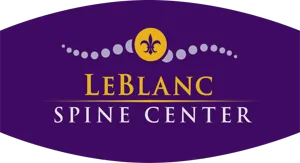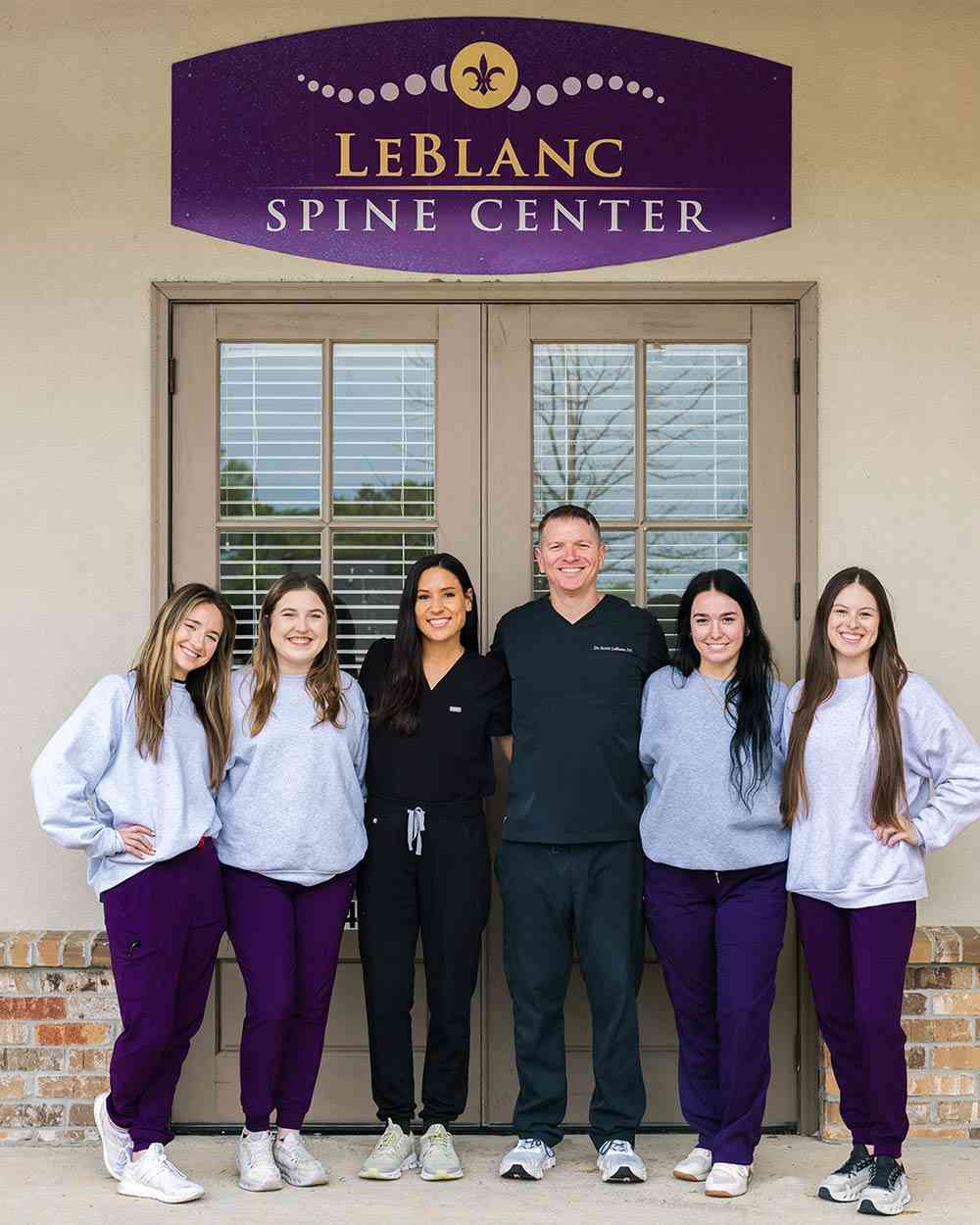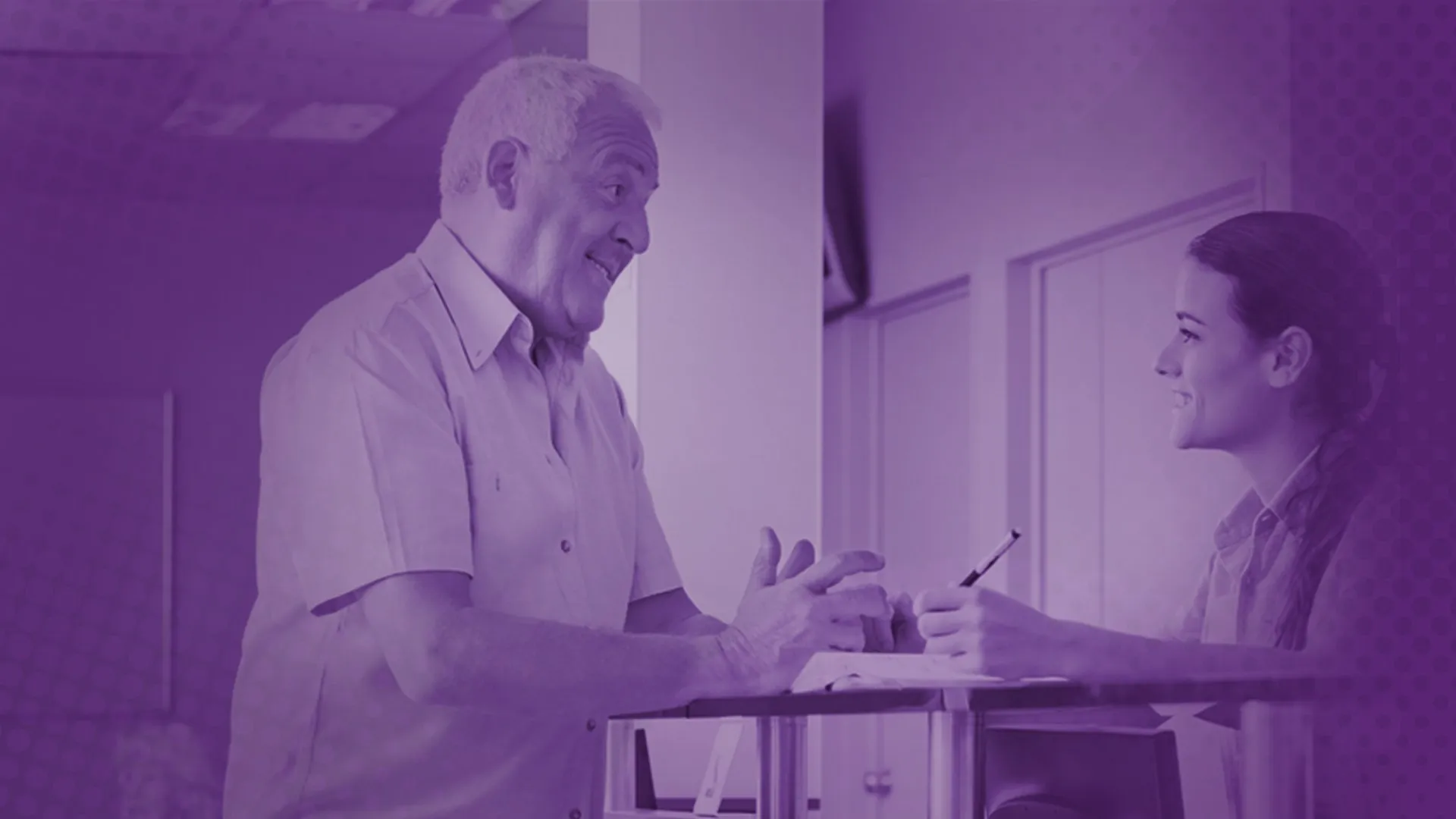Cold Laser Therapy
Experience non-invasive pain relief and accelerated healing with our advanced cold laser therapy, designed to target inflammation and promote tissue repair.


What is Cold Laser Therapy?
Cold laser therapy is a non-invasive treatment that uses low-level lasers to stimulate healing and reduce pain. It is becoming increasingly popular in medical treatments due to its effectiveness and minimal side effects. Unlike hot lasers used in surgical procedures, which generate heat to cut or coagulate tissue, cold laser therapy operates at a lower intensity. This ensures that patients experience no thermal damage, making it suitable for a variety of conditions. This therapy harnesses the power of light to promote cellular function and accelerate the healing process.
Cold laser therapy is recognized for its versatility, addressing conditions ranging from pain management to inflammation reduction. By delivering precise doses of light energy, it facilitates tissue repair and enhances natural recovery processes, making it an appealing option for patients seeking alternatives to medication or surgery.
This therapy is often referred to as low-level laser therapy (LLLT) or photobiomodulation therapy (PBMT). It employs wavelengths of light that penetrate the skin without causing injury. The low-level light triggers cellular processes that enhance tissue repair, reduce inflammation, and alleviate pain.
Cold laser therapy is commonly used to treat conditions like arthritis, tendinitis, and sports injuries. Its gentle approach allows for painless application, making it accessible and appealing for patients seeking relief without the risks associated with more invasive procedures. With no recovery time needed, patients can return to their daily activities immediately following treatment.
How Does It Work?
Cold laser therapy uses low-level lasers or light-emitting diodes (LEDs) to promote healing and reduce pain. Here’s how it functions:
- Light Penetration: The laser light penetrates the skin up to several centimeters, depending on the wavelength used. This allows the light to reach deep tissue structures.
- Cell Absorption: Cells absorb this light. Within the cells, light energy is converted into biochemical energy through a process called photobiomodulation.
- Cellular Repair: This increased energy enhances cellular processes, stimulating cell proliferation, collagen production, and tissue repair.
- Inflammation Reduction: The therapy reduces inflammation by modifying the inflammatory response and improving blood flow to affected areas.
In summary, cold laser therapy helps with tissue repair and pain relief by utilizing light that stimulates cells to accelerate healing processes and reduce inflammation.
Common Applications of Cold Laser
Cold laser effectively treats several medical conditions and injuries, including arthritis, joint pain, muscle injuries, and inflammation. This non-invasive technique utilizes low-level lasers to promote healing, reduce pain, and enhance tissue repair.
Cold laser therapy is beneficial for both acute and chronic pain relief, making it a versatile treatment option. It is widely used in medical and alternative health practices, providing options for patients seeking relief from various conditions. By promoting cellular rejuvenation and reducing inflammation, cold laser therapy presents an effective solution for pain management, improving overall patient outcomes.
Benefits of Low-Level Laser Therapy
Cold laser therapy offers several compelling advantages that make it an appealing treatment option. Firstly, it is "non-invasive", meaning it does not require surgery or needles, reducing patient anxiety and recovery time. Secondly, it has "minimal side effects", often only presenting mild sensations like warmth or tingling, unlike medications that can cause adverse reactions.
Most notably, cold laser therapy significantly accelerates the healing process by promoting cellular repair and reducing inflammation. In contrast, traditional treatment options such as surgery often entail lengthy recovery periods and carry risks of complications, while medications can lead to dependency or have considerable side effects.
Moreover, cold laser therapy is frequently used in conjunction with other treatments, enhancing their effectiveness and providing a comprehensive approach to healing. By integrating cold laser therapy, patients can achieve optimal results without the drawbacks associated with more invasive options.
In summary, the combination of non-invasiveness, minimal side effects, and enhanced healing makes cold laser therapy a highly attractive treatment choice for a variety of conditions.
Cold Laser Treatment for Pain Management
Cold laser treatment effectively reduces both acute and chronic pain, including conditions such as neuropathy, back pain, and sports injuries. This non-invasive treatment utilizes low-level laser light to stimulate cellular repair and reduce inflammation, promoting healing without the need for drugs or surgery.
Pain management through cold laser therapy has shown success across various conditions, enabling many individuals to return to their daily activities without relying on analgesics or invasive procedures. Overall, cold laser therapy presents a promising option for effective pain relief, backed by substantial clinical evidence.
Risks and Side Effects of Cold Laser Therapy
"Cold laser therapy is widely regarded as a safe procedure with minimal risks and side effects." Most individuals experience only mild, temporary effects, such as light soreness or irritation in the treated area. These side effects are uncommon and typically resolve quickly.
"However, certain contraindications exist." Cold laser therapy should be avoided by individuals with specific conditions, including cancer, active infections, or bleeding disorders. It is also not recommended for pregnant women due to insufficient data on its effects during pregnancy.
In rare cases, people may experience allergic reactions or heightened sensitivity to light after treatment. It's essential to consult with a healthcare provider before undergoing cold laser therapy to ensure it’s suitable for your individual health status. Overall, when administered properly, cold laser therapy is considered a safe and effective option for pain management and injury recovery, with most users reporting positive outcomes without significant complications.
Cold Laser Therapy in Sports Medicine
Cold laser therapy is a non-invasive treatment used in sports medicine to accelerate injury recovery and enhance athletic performance. This therapy utilizes low-level lasers to promote tissue repair and reduce inflammation, allowing athletes to recover from injuries more efficiently.
Typical injuries treated include ligament sprains, muscle strains, tendonitis, and contusions. For example, cold laser therapy effectively alleviates pain and speeds up healing in a common ankle sprain by stimulating cellular regeneration.
High-profile athletes and sports teams, including the Los Angeles Lakers and Olympic athletes, have integrated cold laser therapy into their recovery routines, highlighting its effectiveness. Research supports its use, showing an improvement in recovery times and a reduction in pain levels.
Overall, cold laser therapy stands out as an innovative tool in sports medicine, empowering athletes to return to their sport faster while maintaining optimal performance levels.
Is Cold Laser Therapy Right for You?
Cold laser therapy offers numerous benefits, including effective pain relief, accelerated injury recovery, and reduced inflammation. This non-invasive treatment utilizes low-level lasers to stimulate healing at the cellular level, making it suitable for various applications, from managing chronic pain to enhancing athletic performance.
Patients have reported improvements in conditions such as arthritis, tendonitis, and even post-operative recovery, highlighting its versatility and effectiveness. Cold laser therapy stands out as a promising option for those seeking alternatives to traditional pain management methods or invasive procedures.
If you are considering cold laser therapy, contact us to schedule a consultation to determine if this treatment aligns with your specific health needs. Taking the first step towards informed pain management can significantly enhance your quality of life.
Contact us for an Appointment
Fill out the form and we'll give you a call to schedule you.

FAQs
Here are some of the most common questions about cold laser treatment, and what to expect during your visits with us.
Answer: Yes, cold laser therapy is considered safe when performed by a trained healthcare professional. It is non-invasive, painless, and has minimal side effects. The therapy is widely used in pain management and physical rehabilitation, with no known long-term risks.
Answer: The number of sessions varies depending on the condition being treated and the individual patient. Some people experience relief after just one session, while others may require several treatments over a few weeks to achieve optimal results. Your healthcare provider will develop a treatment plan tailored to your specific needs.
Answer: Cold laser therapy has minimal side effects. Some patients may experience temporary redness or mild soreness at the treatment site, but these symptoms usually resolve quickly. It is a non-invasive procedure with no downtime, allowing patients to return to their daily activities immediately.
Answer: Most people with chronic pain, inflammation, or soft tissue injuries are good candidates for cold laser therapy. However, individuals who are pregnant, have cancer, or have certain medical conditions may need to avoid the treatment. It’s important to consult with a healthcare provider to determine if cold laser therapy is right for you.
Answer: After a session, most patients experience little to no discomfort and can return to normal activities immediately. Some may feel mild soreness or see temporary redness in the treated area. Pain relief and reduced inflammation can often be felt within a few hours to a few days after the treatment.
Answer: Yes, certain cold laser devices are FDA-approved for treating pain, inflammation, and soft tissue injuries. The therapy is widely used in medical settings and has been proven effective for various conditions.
Answer: Cold laser therapy can treat a variety of conditions, including chronic pain, arthritis, soft tissue injuries, muscle strains, tendonitis, neuropathy, joint disorders, and inflammation. It is also used in sports medicine for injury recovery and in some cosmetic and dermatological treatments.
Answer: A typical cold laser therapy session lasts between 10 to 20 minutes, depending on the size of the treatment area and the condition being addressed. Sessions are usually quick and can be scheduled during a lunch break or as part of a regular healthcare routine.
Answer: Cold laser therapy is a non-invasive, drug-free option for pain relief. Unlike surgery or medication, it has minimal risks and side effects. It can be used alongside other treatments like physical therapy or chiropractic care, making it a versatile tool for pain management.
Answer: The cost of cold laser therapy varies depending on the provider and the number of sessions required. Some insurance plans may cover cold laser therapy, especially if it is part of a broader pain management or physical therapy program. It's best to check with your insurance provider and healthcare practitioner for specific pricing and coverage details.
Answer: Studies have shown that cold laser therapy can be highly effective in reducing pain and inflammation, particularly for chronic conditions such as arthritis, back pain, and neuropathy. Many patients report a noticeable improvement after just a few sessions, though results vary based on the condition and individual.
Answer: Yes, cold laser therapy can be combined with other treatments such as physical therapy, chiropractic care, or medications to enhance the overall effectiveness of a treatment plan. It is often used as part of a comprehensive approach to pain relief and rehabilitation.


